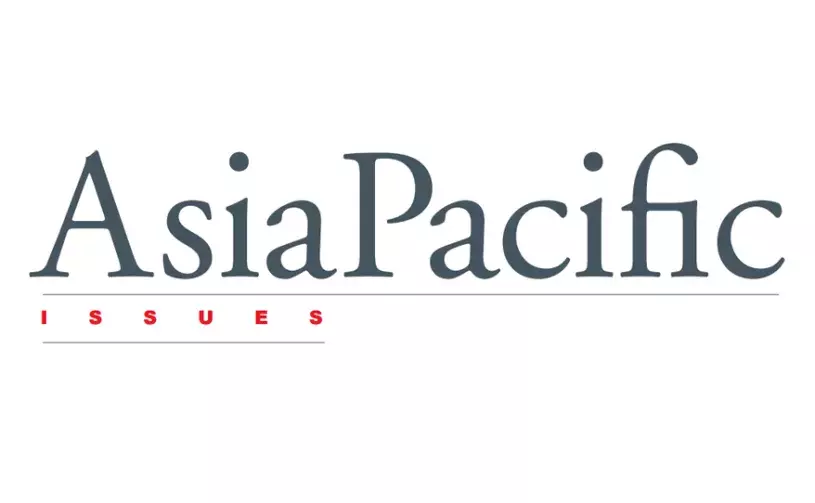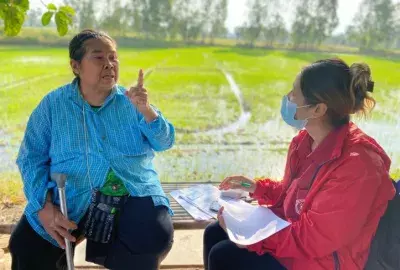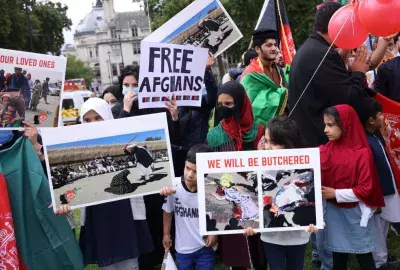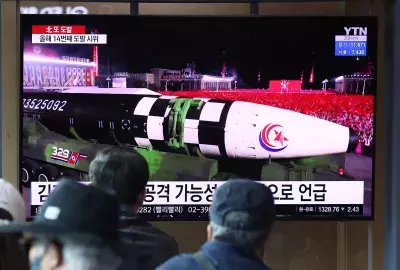Error message

A drought is moving through the Pacific Islands, brought by one of the strongest El Niño events since record keeping began 60 years ago. It started in the southwest Pacific, where it has brought famine to Papua New Guinea and Vanuatu. It is expected to reach the South Pacific, tropical West Pacific, and Hawaiian Islands between December 2015 and May 2016, potentially affecting 4.7 million people. While the effect of El Niño in the Pacific Islands receives little global attention, it has already proved severe, particularly among vulnerable island populations. Prolonged drought can compromise not only freshwater supplies and food security, but can also have cascading impacts on public health, economies, food distribution, and even trigger civil unrest. Past experiences with regional drought, current actions being taken, and the most current predictions for El Niño’s anticipated effects on the Pacific Islands, suggest strategies that governments and aid groups can take to prepare for this powerful climate event.
See also Pacific Island Fact Sheets Released on El Niño and Sectoral Impacts
The views expressed in this publication are those of the authors and not necessarily those of the Center.
A drought is moving through the Pacific Islands, brought by one of the strongest El Niño events since record keeping began 60 years ago. It started in the southwest Pacific, where it has brought famine to Papua New Guinea and Vanuatu. It is expected to reach the South Pacific, tropical West Pacific, and Hawaiian Islands between December 2015 and May 2016, potentially affecting 4.7 million people. While the effect of El Niño in the Pacific Islands receives little global attention, it has already proved severe, particularly among vulnerable island populations. Prolonged drought can compromise not only freshwater supplies and food security, but can also have cascading impacts on public health, economies, food distribution, and even trigger civil unrest. Past experiences with regional drought, current actions being taken, and the most current predictions for El Niño’s anticipated effects on the Pacific Islands, suggest strategies that governments and aid groups can take to prepare for this powerful climate event.
See also Pacific Island Fact Sheets Released on El Niño and Sectoral Impacts
The views expressed in this publication are those of the authors and not necessarily those of the Center.







